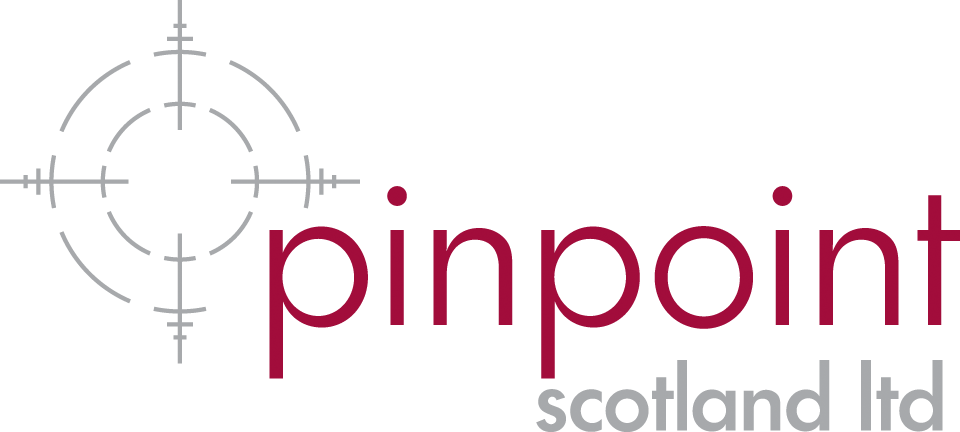Ophthalmology
Childhood glaucoma
When a child is given a diagnosis of glaucoma, the impact upon that child and their family is enormous; equivalent to the diagnosis of a cancer [14]. This previously published article (2019) outlines the knowledge, techniques and approaches that offer...
A semi-automated algorithm for identifying glaucoma patients with blindness
Patients with sight impairment (previously referred to as partial sightedness) or severe sight impairment (previously referred to as blindness) are eligible for a certificate of visual impairment (CVI). Certification confers eligibility for a wide range of benefits administered by local...
Life in the glaucoma laboratory
When people ask me what life in the laboratory is really like, I often pause. On one hand, it is the romantic notion of pushing back the boundaries of science with the daily rhythm of experiments, data and easily obtained...
The founder of modern ophthalmology: Sir William Stewart Duke-Elder
A recent article in Eye News by Blaikie & King highlighted the extraordinary contribution made to the profession of ophthalmology by Sir William Stewart Duke-Elder. The author felt it appropriate to take a further in-depth look at the remarkable career...
See sweet to C-suite: Imran Rahman
See also - See sweet to C-suite: Peter Holland In this three-part conversation series, Co-editor David Lockington speaks with highly influential individuals about their journey to the top, with advice for the next generation of leaders. Part Two: David speaks...
Introducing the Royal College of Nursing Ophthalmic Nursing Forum
The Royal College of Nursing (RCN) represents nurses and nursing. While the terms ‘nurses’ and ‘nursing’ are used generically, membership is inclusive of a variety of clinical roles, including midwives, advanced nurse practitioners, advanced clinical practitioners, nurse consultants, registered nursing...
Planes, trams, and auditoriums: Beware predatory conferencing
Predatory open-access journals and predatory conferences are considered the two main areas of predatory infiltration in academic medicine that are of growing concern [1–7]. Unsolicited publishing requests from potentially predatory publishers occur frequently among faculty in ophthalmology [8]. Predatory conferencing...
See sweet to C-suite: Peter Holland
See also - See sweet to C-suite: Imran Rahman In this three-part conversation series, Co-editor David Lockington speaks with highly influential individuals about their journey to the top, with advice for the next generation of leaders. Part One: David speaks...
Report on preoperative visual acuities of patients from two AMM surgical trips to Magdalena, Northern Bolivia
The Andean Medical Mission (AMM), founded in 2012, recently celebrated 12 years of dedicated service in the Bolivian Amazon, aiming to eliminate avoidable blindness. Over this period, AMM has successfully performed over 1700 surgeries, including for children with congenital or...
I WILL. An extraordinary challenge for Glaucoma UK’s 50th anniversary
As we celebrate our 50th anniversary year, we are reaching out to our glaucoma community, inviting everyone to join us in the fight against glaucoma so we won’t need to exist as a charity in 50 years’ time. Since the...
Minimally Invasive Glaucoma Surgery: What options are there and when might they be considered?
In recent years there has been a rapid expansion in a group of operations termed ‘minimally invasive’ or ‘micro invasive’ glaucoma surgery (MIGS). These options generally offer less significant IOP reduction, but with a more favourable safety profile when compared...
Evolving towards an interventional glaucoma mindset
Traditionally, a newly diagnosed glaucoma patient would be treated first with medical therapy. As the disease progressed or the initial intervention failed to adequately control intraocular pressure (IOP), clinicians would add more drops, selective laser trabeculoplasty (SLT), repeated SLT and...
















